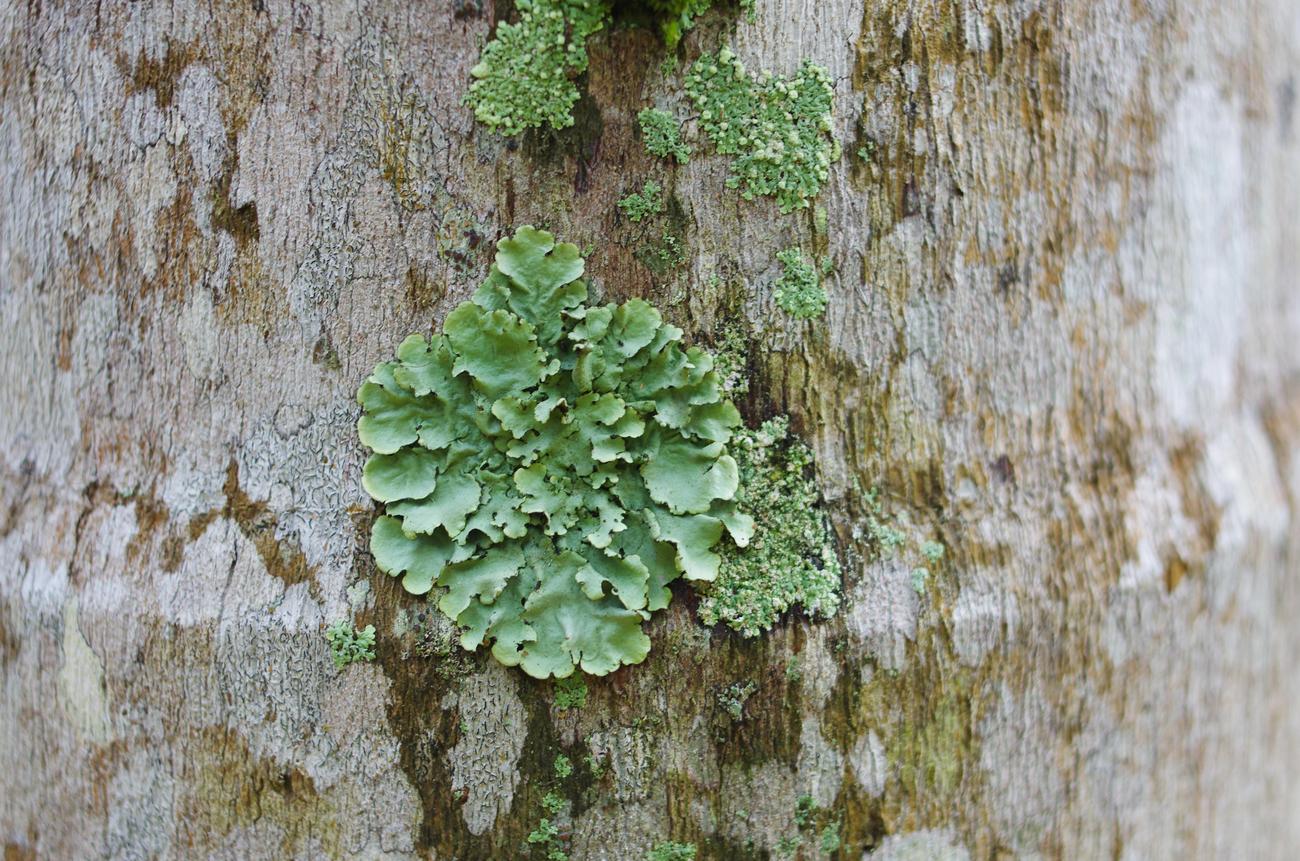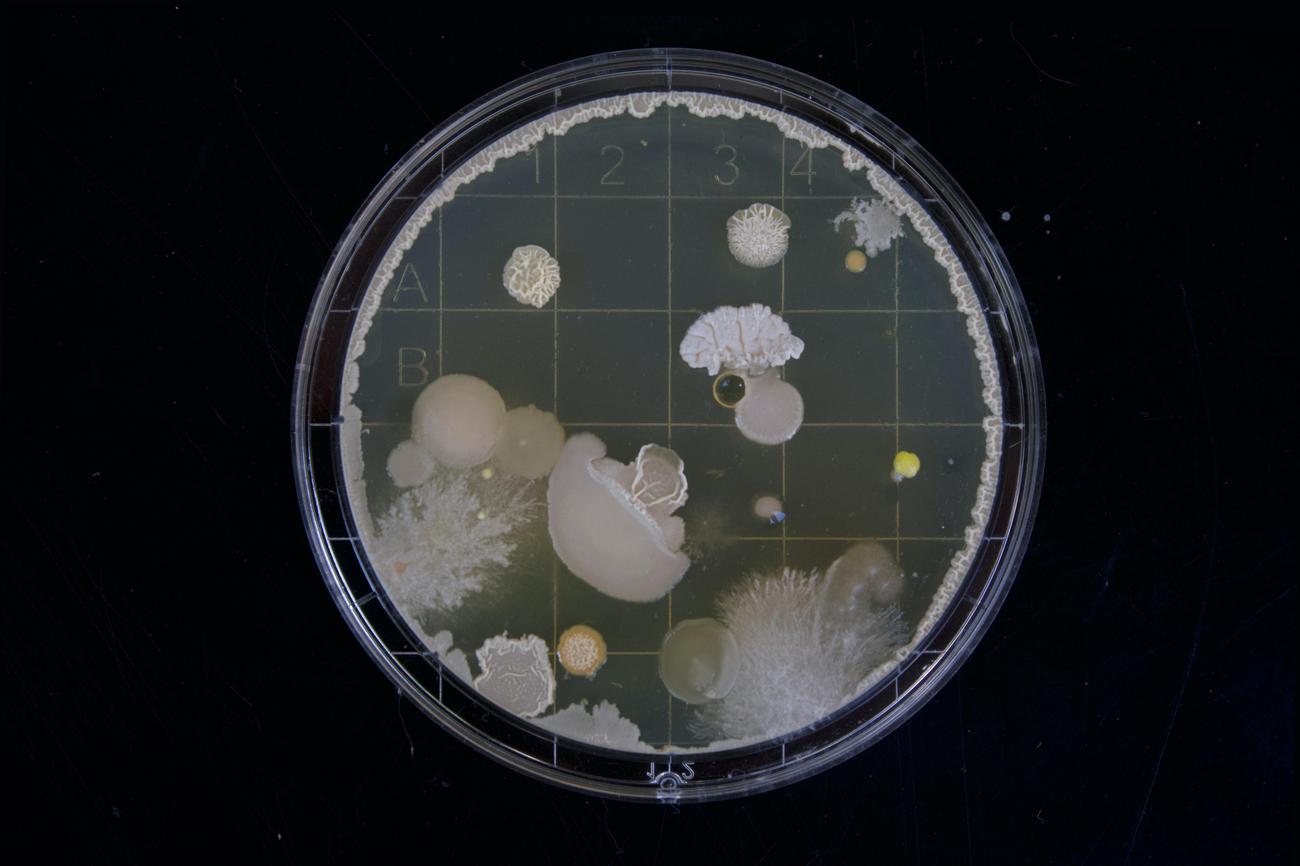Are you ready to be transported into the wondrous world of slime molds? These captivating microorganisms hold secrets that are just waiting to be unveiled. From their intriguing behaviors to their remarkable evolutionary adaptations, slime molds never cease to amaze. As an experienced biologist with a passion for exploring nature’s wonders, I invite you to join me on a journey as we delve into the fascinating properties of these enigmatic organisms. Prepare to be captivated, intrigued, and amazed by the mysteries of slime molds.

Fascinating Properties of Slime Molds
Slime molds, these enigmatic organisms that defy our traditional understanding of life, hold a world of captivating properties that continue to unravel the mysteries of nature. Despite their name, slime molds are neither plants nor animals; instead, they belong to a unique group known as protists. Let’s dive into the intriguing world of slime molds and explore their astonishing abilities, evolutionary adaptations, and essential role in ecological systems.
When we encounter slime molds, we are often mesmerized by their vibrant colors and gelatinous appearance. These saprophytes thrive without chlorophyll, unlike plants, and prefer to dwell in damp areas or on decaying logs. The simplicity of their cellular structure enables them to feed on bacteria, making them harmless to humans and other organisms. But beneath their seemingly humble exterior lies a world of mind-boggling behavior and intelligence.
One of the most astonishing properties of slime molds is their ability to navigate mazes and solve puzzles without a brain! Yes, you read that right. Despite lacking a centralized nervous system, slime molds possess a network of receptors that can detect chemical cues, allowing them to find food efficiently. When a slime mold cell identifies a nutrient source, it releases chemical signals, attracting other individual cells to come together and form a mass capable of coordinated movement. This movement, resembling an amoeba, occurs as the slime mold engulfs its food, extending its cytoplasmic tendrils to engulf nearby nutrients.
As we marvel at the perplexing intelligence behind slime molds’ movement, we also uncover their extraordinary adaptability. These organisms have the astonishing ability to pass on learned behaviors to new cells. Imagine a slime mold overcoming an obstacle to reach food. Once it achieves success, it shares this knowledge with its fellow cells, ensuring future generations can navigate the same challenge more efficiently. This remarkable social behavior hints at a collective intelligence that persists even in the absence of brains or sophisticated neuronal networks.
Slime molds also exhibit an impressive endurance against adverse conditions. During unfavorable circumstances, such as drought or scarcity of resources, slime molds form microscopic structures called spores. These spores possess true cell walls and can withstand harsh environments that would otherwise be fatal to other organisms. When conditions improve, these resilient spores can germinate, giving rise to new slime mold colonies.
In the realm of ecology, slime molds play a significant role as both decomposers and indicators of environmental health. Their ability to efficiently break down organic matter aids in the recycling of vital nutrients, promoting healthy soil ecosystems. Researchers have even discovered unique interactions between slime molds and other organisms, highlighting their intricate place in the intricate web of life.
quote: “From the puzzling intelligence behind their movement to their remarkable adaptability and essential ecological contributions, slime molds continue to defy expectations and unlock the secrets of life’s diverse manifestations.”
In conclusion, the captivating properties of slime molds go beyond their gelatinous appearance and extend into an intricate world of intelligence, adaptability, and ecological significance. These exceptional organisms challenge our understanding of life and remind us of the endless wonders that nature has to offer. As we delve deeper into the study of slime molds, we uncover a tapestry of astonishing behaviors that inspire awe and drive our pursuit of knowledge about the diversity of life on Earth.
quote: “Let the captivating properties of slime molds be a reminder that even in simplicity, complexity thrives, and that within the smallest of organisms, great wonders await.”
Slime molds are fascinating organisms that have captivated scientists and nature enthusiasts alike. If you’re curious to learn more about these strange and mysterious creatures, we’ve got you covered. Discover a trove of intriguing facts about slime molds by clicking the link: Interesting Facts About Slime Molds. Prepare to be amazed as you delve into the weird and wonderful world of slime molds. Don’t miss out on this opportunity to expand your knowledge and indulge your curiosity.

FAQ
Question 1: What are slime molds?
Answer 1: Slime molds are saprophytes that lack chlorophyll. They are microorganisms that form aggregates called plasmodium during favorable conditions, which can spread and grow widely. During unfavorable conditions, the plasmodium forms spores that have true cell walls and are extremely resistant to adverse conditions. In the life cycle of cellular slime molds, they remain as single cells until they encounter a food source and send out a chemical signal to attract others of their kind, forming a mass capable of movement in an amoeba-like fashion.
Question 2: Where do slime molds prefer to grow?
Answer 2: Slime molds prefer to grow in damp areas or on rotting logs. They are commonly found in forests or other environments with abundant decomposing organic matter.
Question 3: What do slime molds feed on?
Answer 3: Slime molds are harmless organisms that feed on bacteria. They play a crucial role in the decomposition process by consuming the bacteria that break down organic matter.
Question 4: Can slime molds solve mazes and navigate labyrinths?
Answer 4: Yes, despite lacking a brain, slime molds have the remarkable ability to solve mazes and navigate labyrinths. They can accomplish this by utilizing chemical receptor proteins to detect cues that guide them towards food sources.
Question 5: Can slime molds pass on learned behaviors to new cells?
Answer 5: Yes, slime molds have the unique ability to pass on learned behaviors to new cells. This means that if a slime mold encounters a particular stimulus or solves a certain task, it can relay that information to other cells, allowing them to exhibit the same response or behavior.
“`json
“`
- Georgia Platform: A Southern Strategy, 1850s - March 31, 2025
- How many weeks is 40 days: Quick Conversion Guide for Accurate Results - March 31, 2025
- How many feet is 300 meters? 984 Feet: Understand Length Conversions Easily - March 31, 2025
















